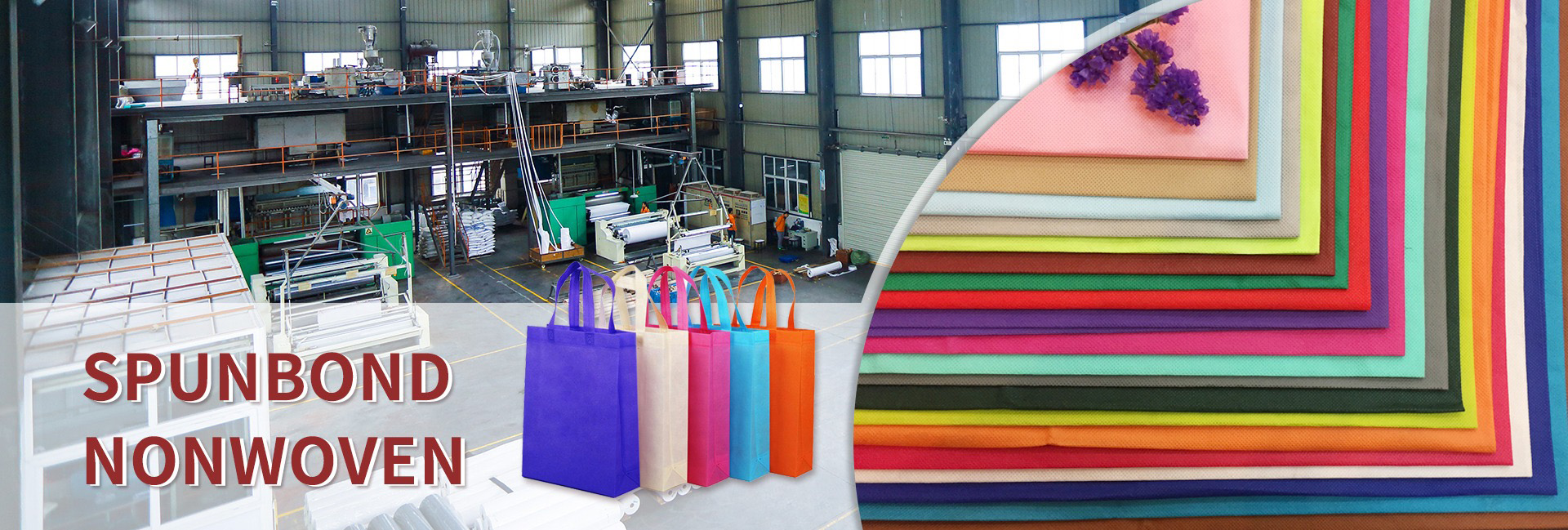The ‘Chinese Red Bag Storm’ sweeping across Africa
Sales explosion: From January to July 2025, Yiwu’s exports to Africa reached 79.71 billion yuan, a year-on-year increase of 28.7%, with takeaway bags accounting for over 15%. The non-woven takeaway bags produced by the Zhejiang factory have a domestic cost of only 0.2 yuan, while the terminal selling price in Africa reaches 1.5 yuan, with a single bag profit of over 7 times.
Product Evolution: Upgraded from a basic takeaway bag to a multifunctional model that combines insulation, leak prevention, and fashion. Featuring a multi-layer insulation structure and an anti overflow lock design, the red and yellow rhubarb festive style has become a high-end choice, while locally sourced elements such as customized zebra patterns are out of stock in tourist areas.
Scenario fission: From delivering takeout to shopping bags, fashion accessories, and storage bags, bags with Chinese labels such as “Ba Wang Cha Ji” can be seen everywhere on the streets of Kenya, even forming a “bag level” consumer culture.
Triple resonance of policy, demand, and industry
Rigid driving force behind Africa’s plastic ban
28 out of over 80 countries worldwide that ban plastic are located in Africa: Kenya has implemented the “world’s most plastic ban”, with violators being fined up to $38000 or imprisoned for 4 years; Rwanda was awarded the title of “Africa’s Cleanest City” after a complete ban on plastic pollution; Ethiopia will legislate a plastic ban by 2025, with plastic bags accounting for 46% of its plastic waste. The policy has led to an annual shortage of over 2 billion US dollars in alternative packaging.
Accurate filling of people’s livelihood needs
The unit price of locally woven straw bags in Africa is more than 1000 yuan, and Carrefour customized products still show luxury for low-income groups. Chinese takeaway bags can be reused more than 10 times, and their leak proof and high-temperature insulation characteristics during the rainy season accurately match the African climate, making them an “affordable and environmentally friendly alternative solution”.
Cluster advantages of Chinese industries
Hubei Xiantao gathers 2700 non-woven fabric enterprises, with an annual output of over 1 million tons, and can complete international orders in 10 days; Zhejiang enterprises have achieved a full chain service of “printing production transportation”, relying on semi custodial services from Alibaba International Station, and are immediately connected to the African vendor network upon landing.
From ‘product output’ to ‘value co construction’
Industry side: Technology iteration and localization integration
Material breakthrough: Zhejiang enterprises have launched polylactic acid (PLA) fully degradable bags, which can naturally degrade in 180 days and increase costs by only 15%. They have entered the Rwandan market;
Local manufacturing: Senda Group draws on the experience of the ceramic tile industry and has established an external bag selling factory in Nigeria, employing more than 3000 local workers and reducing logistics costs by 40%.
Policy side: Standard docking and circular system construction
China and Kenya jointly establish the “Environmental Packaging Standards Alliance” to unify degradation testing standards; Rwanda piloted the “Bag Recycling Points System”, recycling 10 environmentally friendly bags to exchange for daily necessities, increasing the recycling rate to 62%.
Market side: cultural adaptation and deep cultivation of demand
Yiwu enterprises have launched a “customized service for African elements”, printing Maasai totems and wild animal patterns on bag bodies, with customized sales accounting for 38%; Open a “Yiwu Good Goods” collection store in Kenya to provide after-sales maintenance services.
Dongguan Liansheng Non woven Technology Co., Ltd. was established in May 2020. It is a large-scale non-woven fabric production enterprise integrating research and development, production, and sales. It can produce various colors of PP spunbond non-woven fabrics with a width of less than 3.2 meters from 9 grams to 300 grams.
Post time: Oct-06-2025

